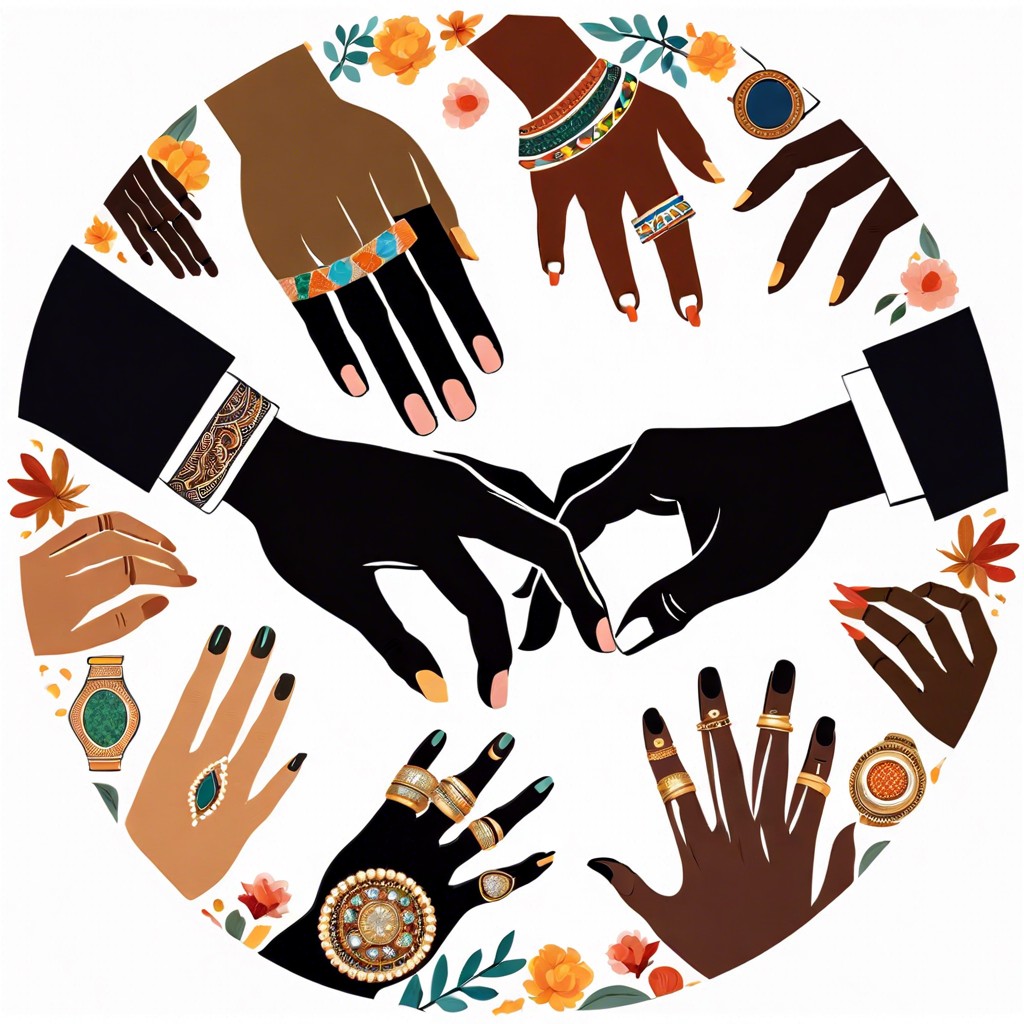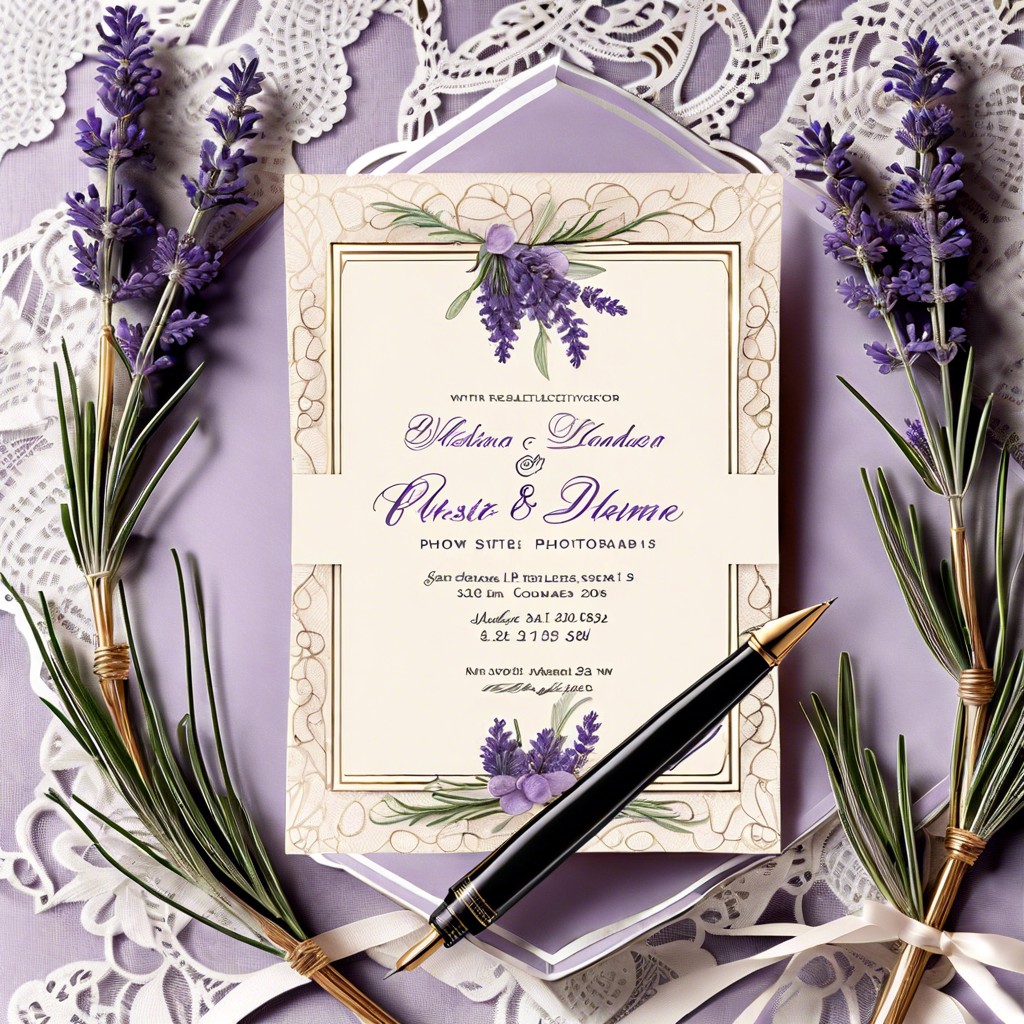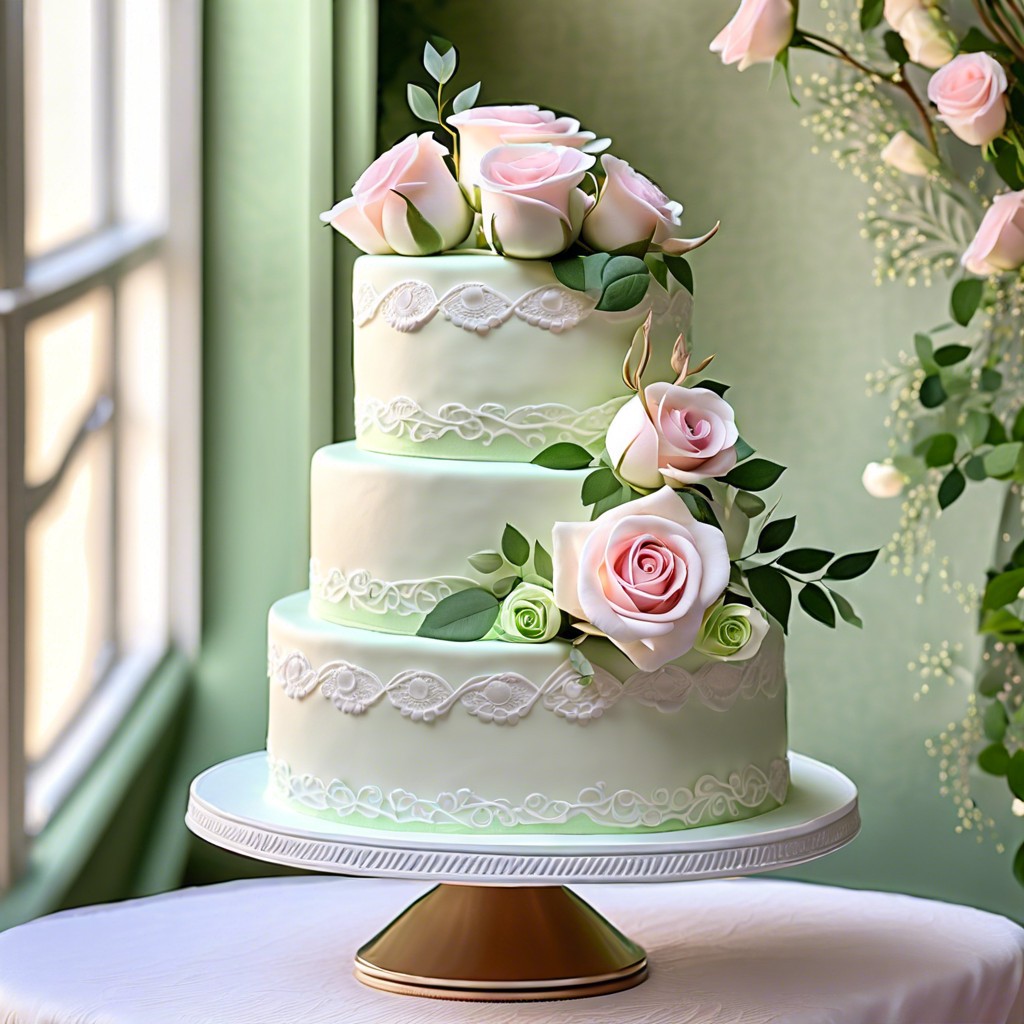In this article, you’ll find accurate information on the traditional customs and modern conventions dictating which hand a wedding ring goes on.
Key takeaways:
- Wedding ring traditionally goes on left hand as a symbol of eternal love and commitment.
- Both bride and groom wear wedding ring on left hand in many Western cultures.
- Different cultures may have different traditions for placement of wedding ring.
- During the wedding ceremony, rings are typically exchanged on the right hand.
- After the wedding, the wedding ring is worn on the left hand.
Wedding Ring On Left Hand Meaning

The practice of wearing a wedding ring on the left hand is rooted in ancient traditions. It was once believed that a vein, named the “Vena Amoris” or “Vein of Love,” ran directly from the fourth finger on the left hand to the heart. This romantic notion has influenced the custom of placing the ring on this specific finger as a symbol of eternal love and commitment.
Moreover, this tradition has been widely adopted in many Western cultures, emphasizing the significance of the left hand for marital status. It signifies a bond and a pledge made, which is visible to others, signifying that one is in a committed relationship.
In addition to cultural symbolism, practicality plays a role; since most people are right-handed, wearing a ring on the less-dominant hand reduces the risk of damage or wear from daily tasks. This ensures that the symbol of your union remains intact and enduring as the love it represents.
Who Wears a Wedding Ring On Their Left Hand?
In many Western cultures, both the bride and groom wear the wedding ring on the left hand. This tradition is rooted in the ancient Roman belief that the left ring finger houses the vena amoris, or “vein of love,” thought to be directly connected to the heart. This cultural norm is prevalent in the United States, Canada, the United Kingdom, France, Italy, and many other European countries.
In contemporary times, same-sex couples also embrace this practice, reflecting their commitment and love. It is not specific to a particular gender; instead, it symbolizes the union and emotional bond of the couple. However, not all societies conform to this; some people and cultures may choose different fingers or hands based on personal preference, different traditions, or cultural significance.
Traditional Practices in Different Cultures
In many Western cultures, the left hand is the traditional location for wedding rings based on the ancient Roman belief in vena amoris, or ‘vein of love,’ that runs directly to the heart. However, this is not a universal practice.
For example, in countries like Russia, India, Norway, and Germany, the wedding ring commonly graces the right hand. This preference often stems from cultural and religious traditions; some Orthodox Christians and Eastern Europeans wear their wedding bands on the right to signify the “right hand of God” — an association with oaths and vows.
Meanwhile, in Jewish ceremonies, it is customary for the wedding ring to be placed on the index finger of the right hand during the ceremony, but afterward, spouses may choose to wear it on the ring finger of either hand based on personal or regional customs.
Additionally, some regions in Spain and many parts of Latin America traditionally place the ring on the right hand.
It’s essential to note that today, personal preference and comfort often guide the choice of which hand and finger to wear a wedding ring on, transcending cultural norms.
The Transition of Rings During the Wedding Ceremony
During the ceremonial exchange of rings, it’s customary for couples to place their rings on each other’s right-hand ring finger. This practice is particularly common in Orthodox Christian ceremonies, symbolizing the promise of marriage. The ring is later shifted to the left hand to signify the completion of the bond of matrimony. In some cases, the right hand is chosen for the ceremony due to cultural significance or personal preference.
It’s also noteworthy that during Jewish weddings, the wedding band is traditionally placed on the right index finger, a practice based on historical interpretations that the index finger is directly connected to the heart. This position is temporary, and after the ceremony, the ring is usually moved to the left ring finger. Regardless of the hand used during the ceremony, the important thing is the commitment it represents, which transcends the physical symbol of the ring itself.
After the Wedding: The Customary Placement of the Wedding Ring
Once vows have been exchanged, the wedding ring finds its home on the third finger of the left hand for many couples. This is largely influenced by Western traditions, which hold that the left ring finger houses a vein leading directly to the heart—the “vena amoris.” Wearing the ring on this finger is seen as a symbol of eternal love and commitment.
Over time, the wedding ring becomes more than a symbol; it is a constant, visible representation of the marital bond. It’s common that the wedding band is worn beneath the engagement ring, keeping it closer to the heart, as well as securing the engagement ring in place.
Some couples choose to have their wedding rings engraved with their wedding date or a personal message, which adds sentimental value and creates a unique touch to the tradition.
There is no strict rule about wearing the wedding band at all times after the wedding. Some individuals may remove it for practical reasons such as while working with machinery, during sports activities, or due to medical conditions that affect finger size.
FAQ
Why is the wedding ring always on the left hand?
The wedding ring is traditionally worn on the left hand's fourth finger as ancient cultures like Egypt, Greece, and Rome believed it contained a vein leading directly to the heart.
What hand do you wear a ring on if your not married?
If you're not married, the ring can be worn either on the left ring finger, often serving as a placeholder for a future engagement ring, or on the right ring finger.
Why does a woman wear wedding ring on right hand?
A woman wears a wedding ring on her right hand, primarily in Eastern cultures, due to their tradition possibly inherited from the Romans who favored the right hand as they viewed the left hand with skepticism.
Which hand is wedding ring UK?
In the UK, the wedding ring is typically worn on the fourth finger of the left hand.
What is the significance of wearing the wedding ring on the fourth finger?
In many cultures, the wedding ring is worn on the fourth finger of the left hand as it's believed that this finger has a vein, the 'vena amoris', directly leading to the heart, symbolizing the bond of marriage.
In which cultures is the wedding ring worn on the right hand instead of the left?
In cultures such as those in Russia, India, and some parts of Europe, the wedding ring is traditionally worn on the right hand.
How did the tradition of wearing wedding rings evolve in different parts of the world?
The tradition of wearing wedding rings evolved differently across the globe; in ancient Egypt, they symbolized eternity, in Rome, they publicized the contract of marriage, while in some Native American cultures, they represented a union of two families.



